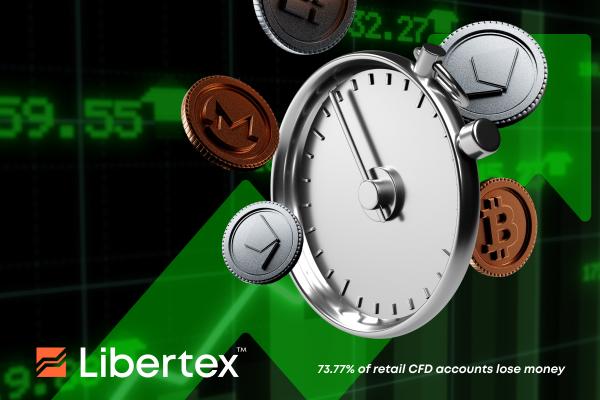Following a fairly severe bear market in 2021-2022, US stocks enjoyed an overwhelmingly positive 2023 – and this despite us seeing some of the highest interest rates in recent memory. Even with the Fed hiking its effective funds rate from 0.33% to over 5% in the space of just 12 months, equities were able to start and end 2023 on a high. The S&P 500, Nasdaq 100 and Dow Jones Institutional Average gained over 30%, 40% and 10%, respectively. And it wasn't just high interest that should've spooked investors. There was a sharp uptick in geopolitical unrest and significant economic uncertainty around the globe. The appetite for risk, however, remained unsated, and the charts continued to rise well into 2024.
And now that the erstwhile-runaway inflation is finally moving closer to the fabled 2% target, the Fed is rumoured to be preparing to announce rate cuts for later this year. The question many traders and investors are asking themselves is: Will this traditionally positive signal for stocks translate into an extension of the bull market, or will the contradictions continue in 2024? In this piece, we'll be looking at some of the key factors for equities this year and beyond as we try to work out the market's likely movements over the coming months while seeking to explain some of the unconventional behaviour we've seen of late.
The price is right!
It's a well-known and oft-parroted theory that the stock market generally moves well in advance of the real-world conditions that would ordinarily explain its behaviour, with much of the effect of any identified future factors being already "priced in". Despite sounding somewhat cliché, in this case, the seemingly asymmetrical increases in the major share indices alongside high (and even rising) interest rates can be explained by this phenomenon.
While interest rates were indeed over 5% when equities began their upward trend in January 2023, the pace of the Fed's hikes had fallen from 0.75% monthly to just 0.25%. What's more, inflation had fallen over 3% in the previous six months, while Powell had intimated that the US regulator would be ready to switch to a more dovish policy eventually if this positive trend continued. In something of a self-fulfilling prophecy, inflation continued to drop to 3% in the next six months without any significant rate increases from the Fed.
Judging from the persistent stock gains since then, it would appear that some small rate cuts may already be priced in for now, but if the FOMC elects to slash down to pre-pandemic levels, we could see equities make even sharper upside movements in coming months. Conversely, the Fed's failure to take rates back below 5% would probably cause stock gains to falter later in the year.
Nowhere else to go
One major factor that many fail to consider is that there simply aren't many alternatives to stocks and indices for today's investors. Whether the market situation and context would typically be conducive to risk or not is largely irrelevant. They have modest spare income to invest, and stocks offer the best balance of risk to reward. Crypto is too volatile, fixed-income assets are offering below-inflation returns, and real estate is beyond their budget. Another important point to note is that savings interest may well have risen, but it is still barely keeping pace with inflation.
Short-term Treasury bonds have offered much more attractive yields than in recent years, yet for many investors, one per cent above inflation simply won't cut it, given the more moderate capital sums available to them. In such a context, there are very few vehicles that can compete with stocks — indices and ETFs even more so — when it comes to potential returns versus capital risk. If we take the S&P 500, for instance, and look at it over the past five years (2018-2023), we see that it has returned over 70%, and this despite the COVID crash and 2022 bear market. Of course, those who invested everything at the peak in 2021 wouldn't have fared anywhere near as well, but they would at least not have lost anything compared with today's levels. This only emphasises the importance of dollar cost averaging, a strategy that potentially gives investors the best chance of success over time.
Trade CFDs on stocks, indices and more underlying assets with Libertex
Libertex is a regulated CFD broker with expertise spanning a range of asset classes and markets. With Libertex, you can trade CFDs on all kinds of equities, including stocks, indices, and ETFs, all the way through to metals, energy, and even crypto. Trade CFDs on the S&P 500, Nasdaq 100 or Dow Jones Institutional Average directly within Libertex's multi-award-winning app. For more information or to create an account of your own, visit www.libertex.com today!


